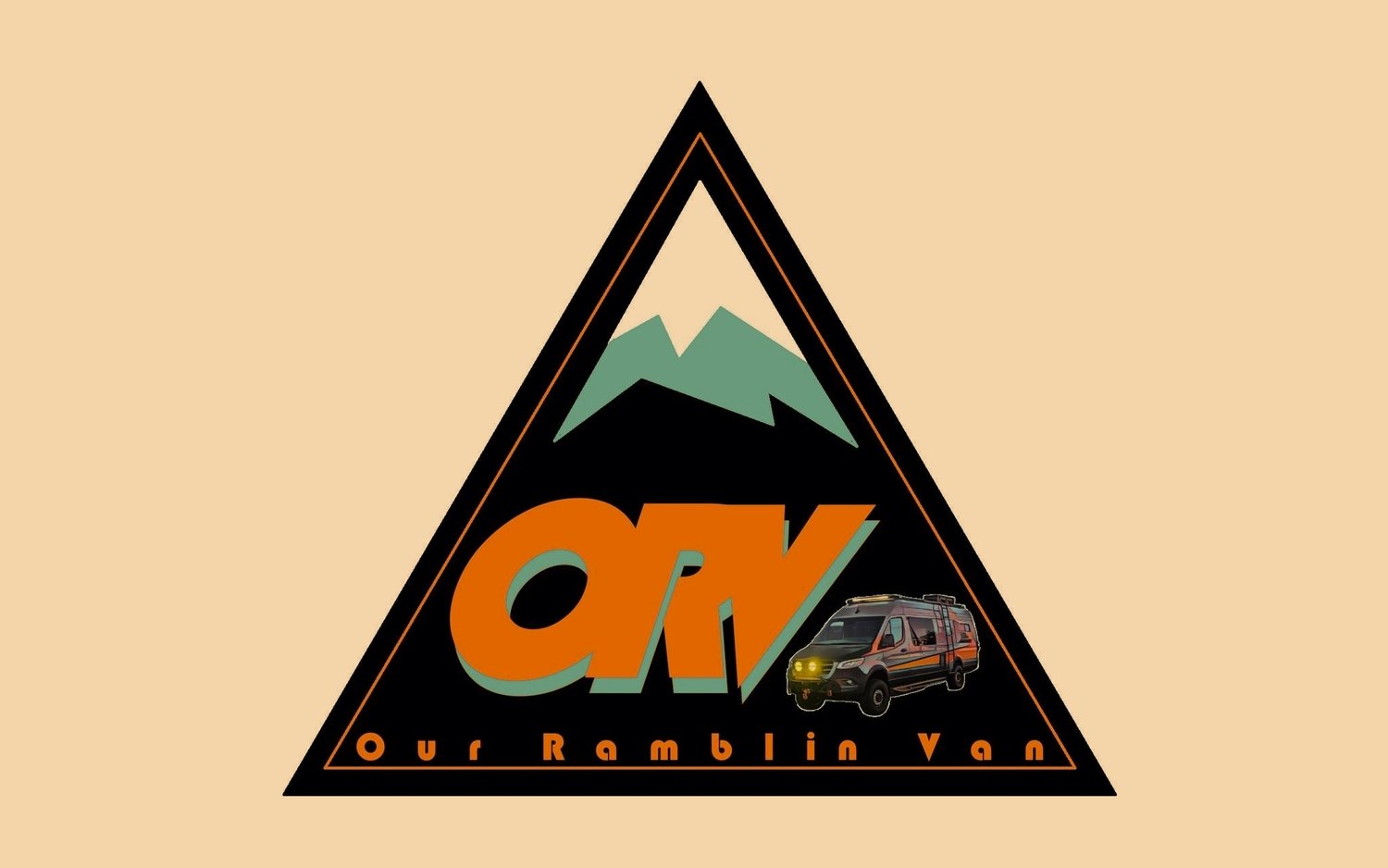The Anaconda Stack
Knowledge is accumulated through curiosities and disappointments. In my mind, knowledge gained is knowledge earned, so when we were cruising along Interstate 90 in Montana westbound from Butte and glanced over to see a HUGE smokestack, then signs for the Anaconda Smoke Stack State Park, of course we pulled off the highway to investigate. Past the exits for the towns of Opportunity and Wisdom lies the town of Anaconda, Montana, home of one of the tallest free-standing brick structures in the world.
We were ready to get up close and personal with this giant offspring of engineering, but to our disappointment, the park consisted of an interpretive center at the edge of town, over a mile away from the actual structure. Well, poop.
We did learn a lot though about the stack, the mining industry and the laborers that were so integral to the history and development of Montana and the United States. So, the knowledge earned was worth a little disappointment with the up-close WOW factor we expected. This stack was built by the Anaconda Copper Company as part of its smelter operations and completed construction in 1919. It is 585 feet high with an inside diameter at the bottom of the brick chimney of 76 feet and 60 feet at the top, 2.4 million over sized clay bricks were used in its construction. If it had been made of normal sized bricks the structure would have required 6.6 million bricks to complete. Its foundation is a concrete hollow octagon, 89 feet side to side on top and 99 feet 6 inches side to side across its bottom. The stack was once covered in a Terra Cotta coating, but most of that has eroded away. It’s still mighty impressive, even at a distance. Per Wikapedia: The stack was designed to discharge exhaust gases from the various roasting and smelting furnaces at the smelter. The smelter had a large network of exhaust flues from the furnaces that all fed a main flue, which carried them a half-mile south up the hill to the stack. The flue system and stack combined to provide a natural draft capable of carrying 3–4 million cubic feet per minute of exhaust gases.
The scale of this structure speaks to the heyday of mining operations in nearby Butte, home of the “Richest Hill On Earth” which once produced 26% of the world's supply of copper and 51% of America's supply. But, with any finite resource, the end comes to all and in 1981, the smelter closed. The local community saved the stack from being demolished, preserving a true marvel of the golden era of the American mining industry. It is designated as a National Historic Landmark.
We’re glad we stopped and learned a thing or two that we didn’t know before from a distance. Turns out that the reason people are not allowed close to the stack is due to the residual soil contamination by the toxic metalloid arsenic as well as copper, cadmium, lead and zinc. Oh, well okay then, n’uff said. We’re happy with the result of our little excursion!
Stay Curious,

